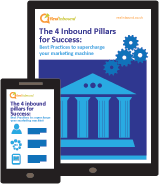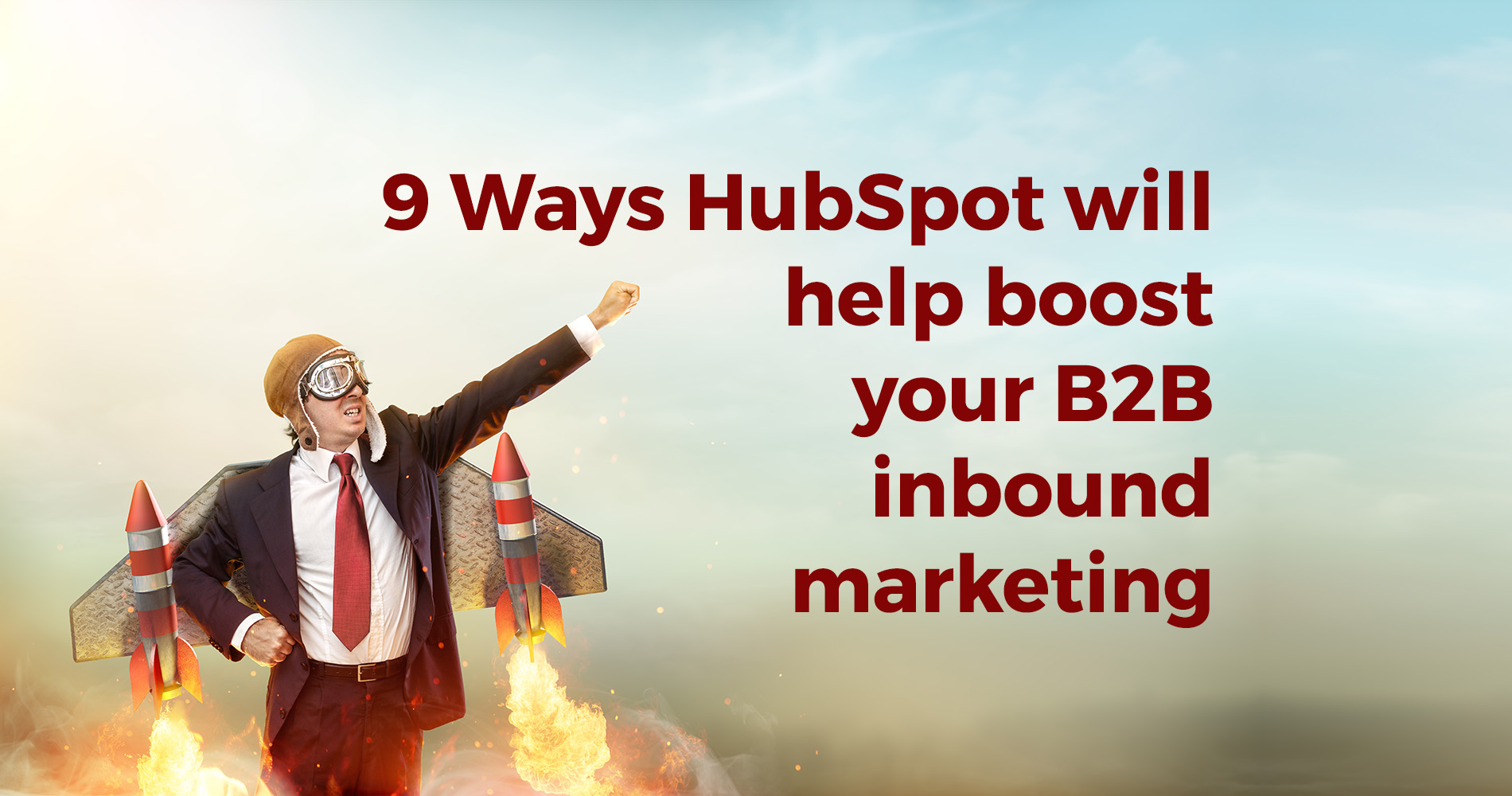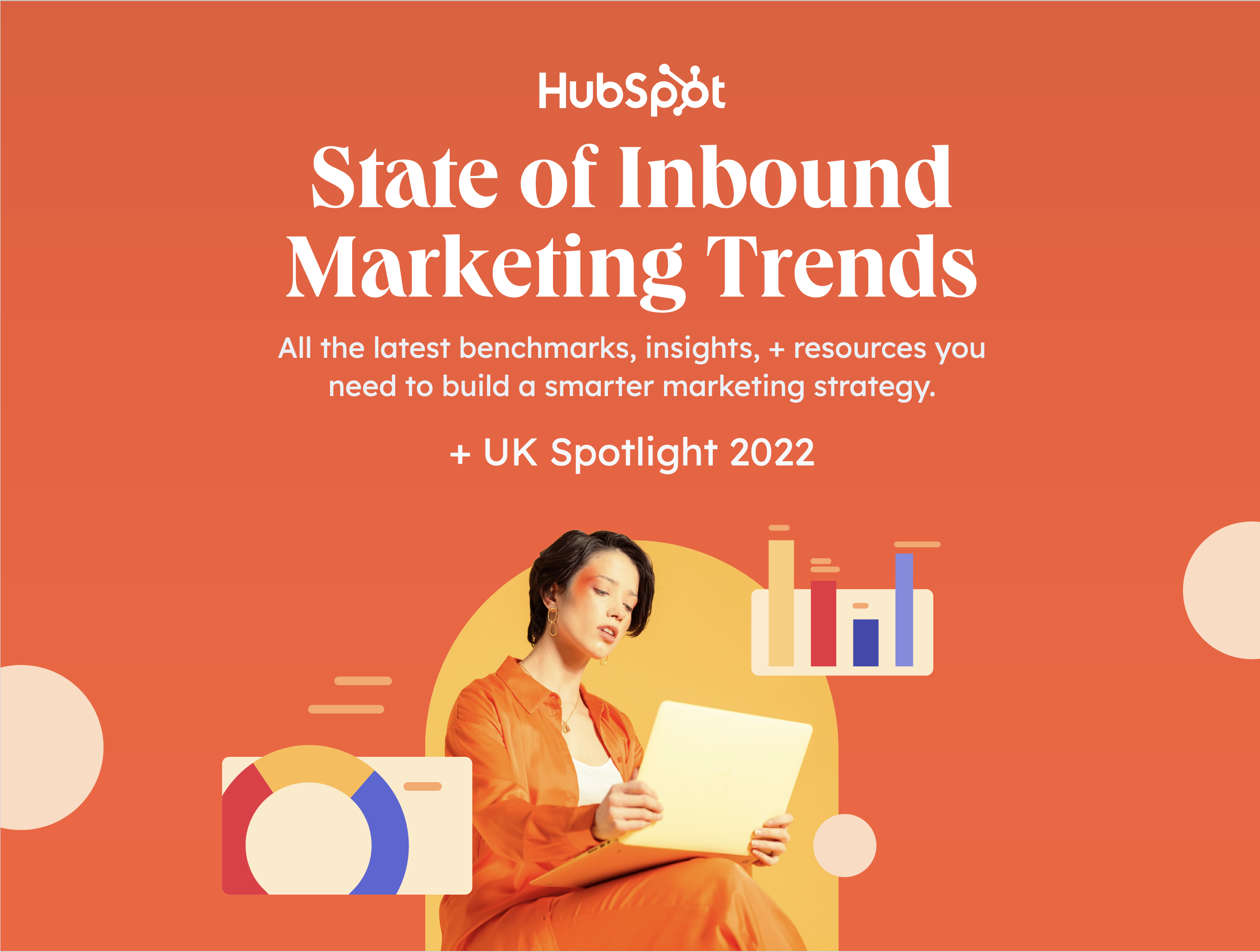Hopefully by now most of you will understand the differences between inbound and outbound marketing and recognise the many advantages of inbound. So now it's time to see how inbound rocks! Let's take a little look at how to implement inbound marketing strategy.
For us here at Real Inbound that involves Hubspot. HubSpot software incorporates all the tools you want to execute inbound marketing campaign management, backed by award winning customer service and support to assist companies carry out effective inbound marketing campaigns
1 Competitor Analysis
To begin the process you should first take a peek at your competitors. The competitor analysis tool in Hubspot allows you to check out their marketing initiatives. This will provide you with information to determining their latest online marketing strategies. Make use of these insights to stand out and generate targeted online messaging.
2 Setting Goals And KPIs
Take a close look at your business and establish objectives. Aim to specify objectives using the SMART technique: Specific, Measurable, Attainable, Realistic and Time Orientated that satisfies corporate expectations. But don't forget the ‘what happens if’ such as; what if your closing rate of sales qualified leads improve by 15%? How will this impact your businesses capability to scale? Are you prepared?
Here's a handful of example SMART objectives:
- Increase web visitors by 10% in 6 months
- Increase MQLs by 5% by the next qtr
- Convert 5% of sales leads to purchasing clients
It's worth making a list of the primary challenges you may face trying to achieving these objectives and some ways to tackle them.
Hubspot will monitor leads, web traffic, conversion rates and other essential metrics. Compare this criteria with your sales metrics to provide you with a definite baseline.
3 Develop Your Buyer Personas
Buyer personas are fictional characters that represent your perfect prospect to help in the strategy and delivery of a more focused inbound marketing campaign. Whilst fictional, they're founded on genuine data, behaviours, and demographics discovered during client interviews and surveys.
Start by considering how you can add value to the individuals you are targeting. Begin by discovering everything that's possible about them. For instance; lifestyle, business background, personal background, where do they consume information (mags, websites, blogs etc) and what are their challenges and pain points.
Create a written record and pin it on your wall. Start to generate all your content around resolving their challenges with amazing, informative content.
[CTA meeting]
4 Build an Inbound website
You must build a marketing focussed website to thrive apply inbound marketing best practice or make essential modifications to you current site. These are the essentials:
- Blog Platform
- Facebook, Twitter, Instagram and LinkedIn
- CTAs
- Landing page
- Forms
- Email templates
- Automation
Hubspot offers all of the resources integrated in one intuitive platform. An experienced inbound agency can also help you tailor your site correctly.
5 Produce A Content Calendar And Define You Inbound Marketing Strategy
Now that you've set objectives and put some benchmarks in place, it's time to look at how to implement inbound marketing strategy, to market and grow your business. This really is the play book that you'll use to direct you marketing activities for the year.
Summarise all the details into a strategy setting out the principal points of your plan. They ought to include the way in which you plan to attract, convert and close more customers. Then how you plan to delight them post sales. Each stage will consist of particular content designed to moves them to the next stage.
Look at your calendar and figure out just how much time you can commit to creating content every week and stick to it like glue. Begin with a simple list of a wide range of core topics especially catered for your buyer personas. Establish a calendar of when you'd like content on each topic posted. Attempt to create a stock of ready to go and scheduled content as time allows.
6 Content, Landing Pages and Social Distribution
Content you publish can be in the form of blog articles, web pages, videos, infographics, eBooks, webinars and social media posts. Generate value for your potential clients and become their go to resource for info. Ensure where possible, content has social signals so visitors can tweet, like and share your content with ease.
As soon as you have produced a few content pieces it's the perfect time to begin developing some landing pages. The landing pages forms will funnel prospect data into your Hubspot CRM so you can effortlessly monitor their audience paths through your website. This enables you to provide a much better customer experience by learning what they are most interested in.
Use social media platforms to distribute your content everywhere.
[CTA meeting]
7 Lead Nurturing
It's been proven time and time again that as soon as you begin blogging regularly you'll start to experience increase in web traffic. At approximately the 6 month point traffic will quickly start to skyrocket as your content library expands. At this stage you will be working prospects and customers along the marketing lifecycle and nurturing your potential clients through the sales funnel by supplying them targeted content that remedies their pain points. Content must always be exceptionally tailored and well defined to be relevant. At this juncture, your prospects will be requesting case studies and service pricing.
8 Track And Modify
You should now have a considerable, consistent flow of traffic to begin A/B testing in real-time, testing various subject lines, titles and colours etc and be aiming to carry out any modifications to ensure your CTAs, landing pages, forms and content performs better.
 To conclude, this is a very simple snapshot in how to implement inbound marketing strategy. Why not download "The 4 Inbound Pillars For Success" to explore further or get in touch to arrange a Free inbound marketing or marketing technology consultation
To conclude, this is a very simple snapshot in how to implement inbound marketing strategy. Why not download "The 4 Inbound Pillars For Success" to explore further or get in touch to arrange a Free inbound marketing or marketing technology consultation





